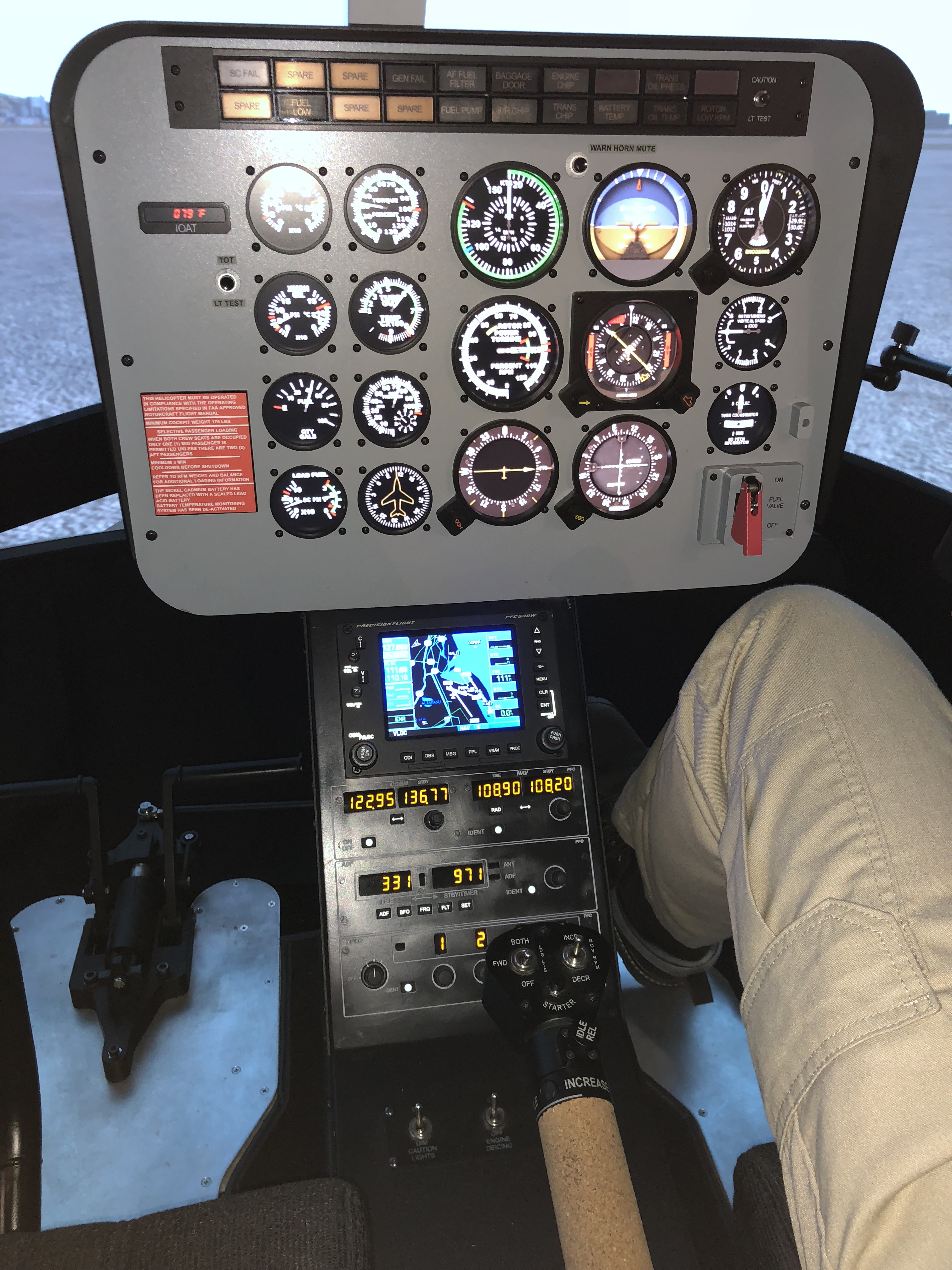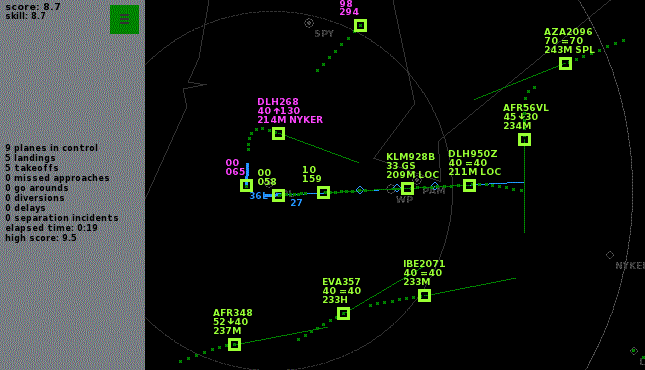

how does IT scale up to more users within a single data center?īut today the problem has changed entirely. During this time, IT’s focus was on vertical scalability problems, i.e. Legacy VDI architecture made sense in 2009, when most customers operated one or just a few data centers. So why is a separated control/data plane so critical to taking advantage of a globally distributed public cloud? Why does cloud desktop architecture matter? Fundamental Change in Infrastructure The key architectural difference is that the control and data planes are separate in the Cloud Desktop Fabric. Cloud Desktop Fabric™: Workspot’s architecture innovation uniquely uses the globally distributed public cloud to create a global fabric of cloud desktops across cloud regions.However, there are limitations to enterprise customizability because of the integrated control/data plane. Desktop as a Service: This is a turnkey service built on a multi-tenant architecture.However, the service provided by the integrator may be limited to a single data center because the broker as a service is installed only in a single data center and is therefore performant only for that data center. Many broker as a service solutions are multi-tenant. Broker as a Service: The customer can use an integrator to take a vendor’s virtual desktop broker service and create an integrated solution.

This is a single-tenant solution designed for a single data center. Legacy VDI (Hoster): The customer can “rent” virtual desktops as a service from a hosting provider who runs the VDI stack on their behalf.This is a single-tenant solution designed to be deployed in a single data center.
#Controlplane multiple desktop software

Enterprises have several options for deploying virtual desktops, and that’s good news.


 0 kommentar(er)
0 kommentar(er)
